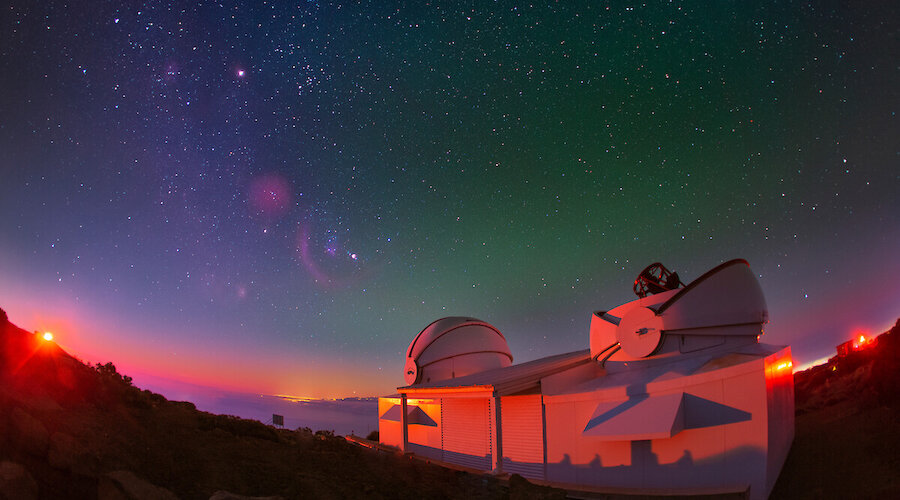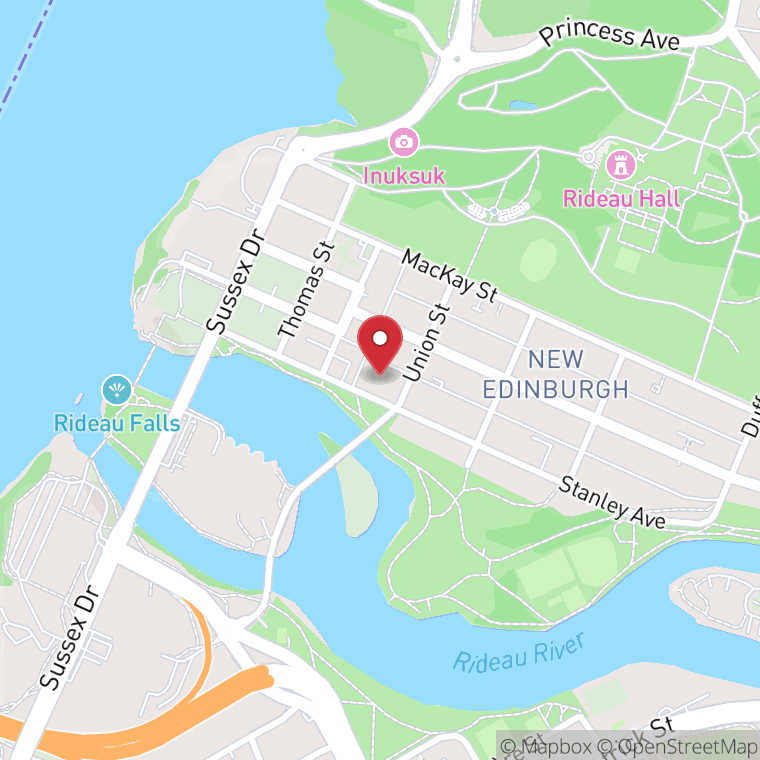Vibrant Skies

This photography exhibition presents 14 images that explore the universe through the lens of astrophotographers.
The works were captured by scientific teams from international observatories and professional astrophotographers such the Teide Observatory in the Canary Island, the European Southern Observatory (ESO) in Atacama Desert in Chile or Alan Dyer.
The exhibition includes images of natural and astronomical phenomena such as auroras, nebulae and galaxies photographed from observatories in Spain and Chili, and wide views of the Milky Way over various landscapes. Highlights include:
- An Aurora Borealis over Tibbitt Lake, Northwest Territories, Canada
- The Galactic Center of the Andromeda Galaxy, captured from Spain
- Gum 41, a nebula in the Centaurus constellation
- Meteor showers and planetary conjunctions seen from the Atacama Desert
Photographs were taken using advanced telescopes such as the TTT and TST. Vibrant Skies seeks to remind ys of the vastness and beauty of the universe, and the importance of both scientific inquiry and artistic expression in our understanding of the world around us.
The Teide Observatory
Astrophysics in the Canary Islands began at this observatory. Located in Izaña (Tenerife) at 2,390 meters above sea level, the site lies where the municipal boundaries of La Orotava, Fasnia, and Güímar converge. The University of Bordeaux installed the first telescope here in 1964, using it to conduct pioneering studies of zodiacal light —light scattered by diffuse interplanetary matter.
The Observatory’s geographical location—midway between the solar observatories of the east and west—combined with its excellent sky quality for astronomy, has led to Teide Observatory focusing mainly on solar studies. As a result, the site hosts Europe’s best solar telescopes, including the 1.5-meter diameter GREGOR. In 1979, this Observatory became the birthplace of helioseismology, a technique that reveals the interior of our star by studying its internal and surface vibrations.
The Teide Observatory also houses other advanced professional instruments, such as standard nocturnal telescopes, robotic and remotely operated telescopes, and experiments measuring cosmic microwave background radiation. These tools have enabled monitoring of significant comets in recent years, including the collision of Comet P/Shoemaker-Levy with Jupiter, and the creation of large-scale maps of the Galactic center.
